Riga's Architectural Treasures Unveiled
Explore the heart of Riga on this captivating free walking tour, revealing stunning architecture and rich history at every turn.
Time
3 Hours
Stops
6 Places
Distance
1.3 km
House of the Blackheads
This iconic building, originally built in the 14th century, showcases stunning Gothic architecture and serves as a testament to Riga's rich mercantile history.
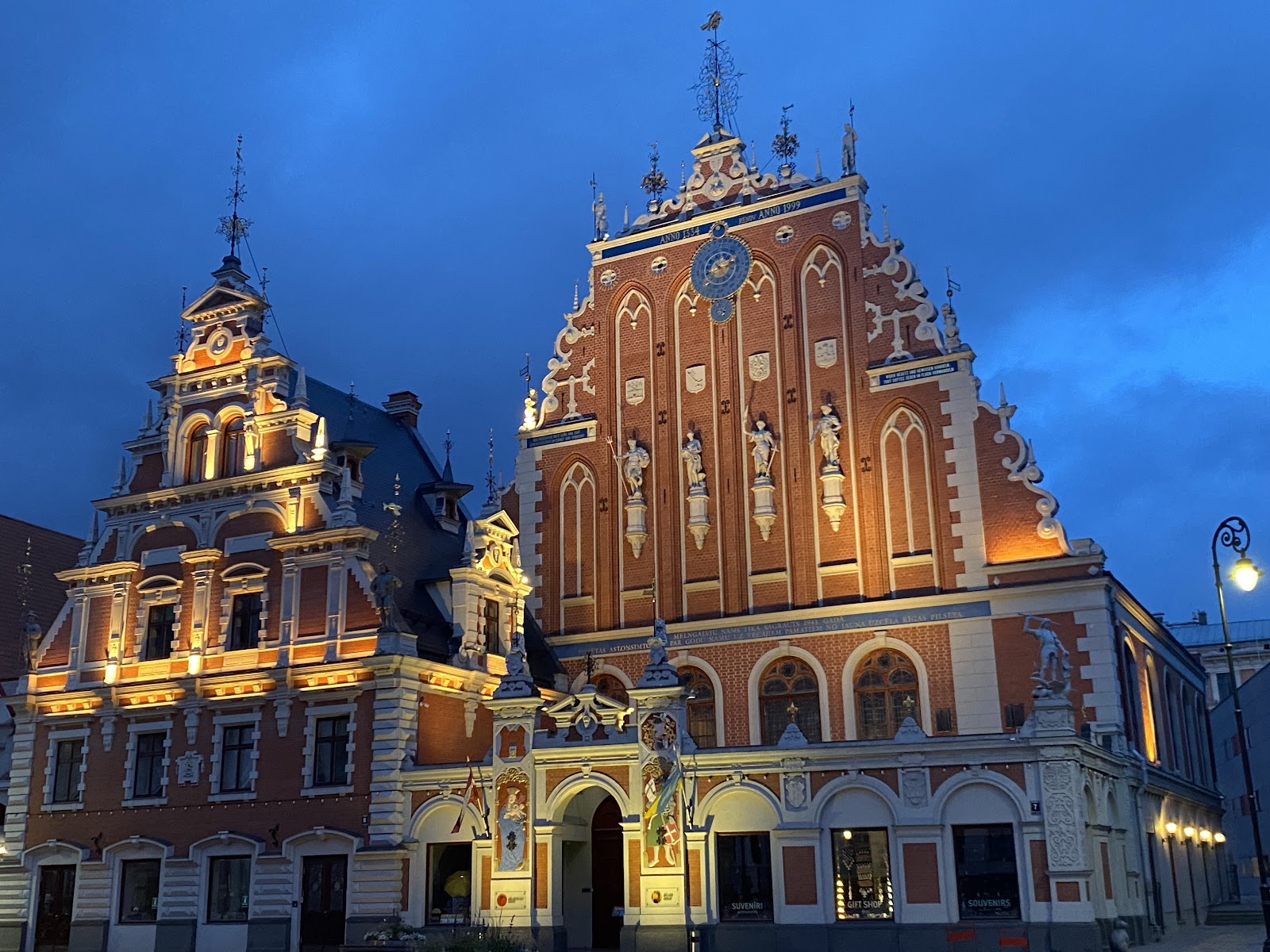
House of the Blackheads (Source: Google Maps)
The House of the Blackheads is an iconic symbol of Riga, built in the 14th century to serve as a guild hall for unmarried German merchants. Its stunning Gothic architecture features elaborate decorations and a striking facade that has been meticulously restored after being damaged during World War II. The building is adorned with intricate sculptures and bright colors, making it a centerpiece of the city's Old Town. The Blackheads were a powerful organization in medieval Riga, and their hall hosted significant events, including trade meetings and celebrations, reflecting the city's mercantile prosperity. Today, it stands not only as a historical landmark but also as a venue for cultural events, showcasing the importance of Riga's trading history in shaping its architectural landscape.
St. Peter's Church
A short stroll away, this towering church offers a blend of Gothic and Baroque architectural styles and provides panoramic views of Riga from its spire.
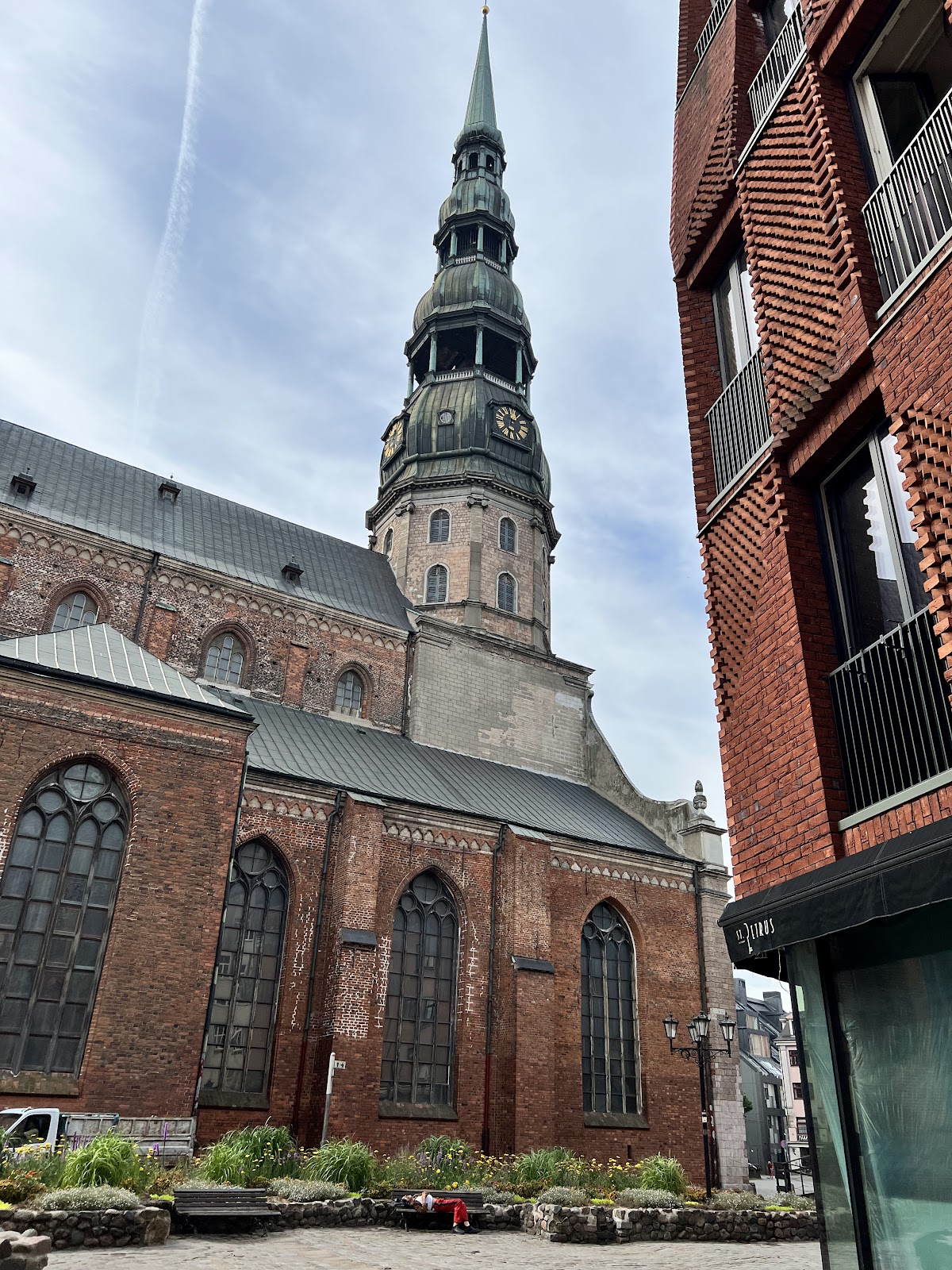
St. Peter's Church (Source: Google Maps)
St. Peter's Church, a remarkable blend of Gothic and Baroque styles, is one of Riga's most famous landmarks. Originally built in the 13th century, it has undergone several renovations, with its spire reaching 123.25 meters, making it one of the tallest churches in the Baltic region. Visitors can ascend to the viewing platform for breathtaking panoramic views of the city and the Daugava River. The church's interior boasts beautiful wooden carvings, impressive altars, and a captivating atmosphere that draws both tourists and locals alike. St. Peter's Church has played a vital role in Riga's history, serving as a Lutheran church and a symbol of resilience through various historical changes, including the Reformation and World War II.
Riga Cathedral
Known as the largest medieval church in the Baltic states, Riga Cathedral is renowned for its impressive organ and Romanesque architecture.
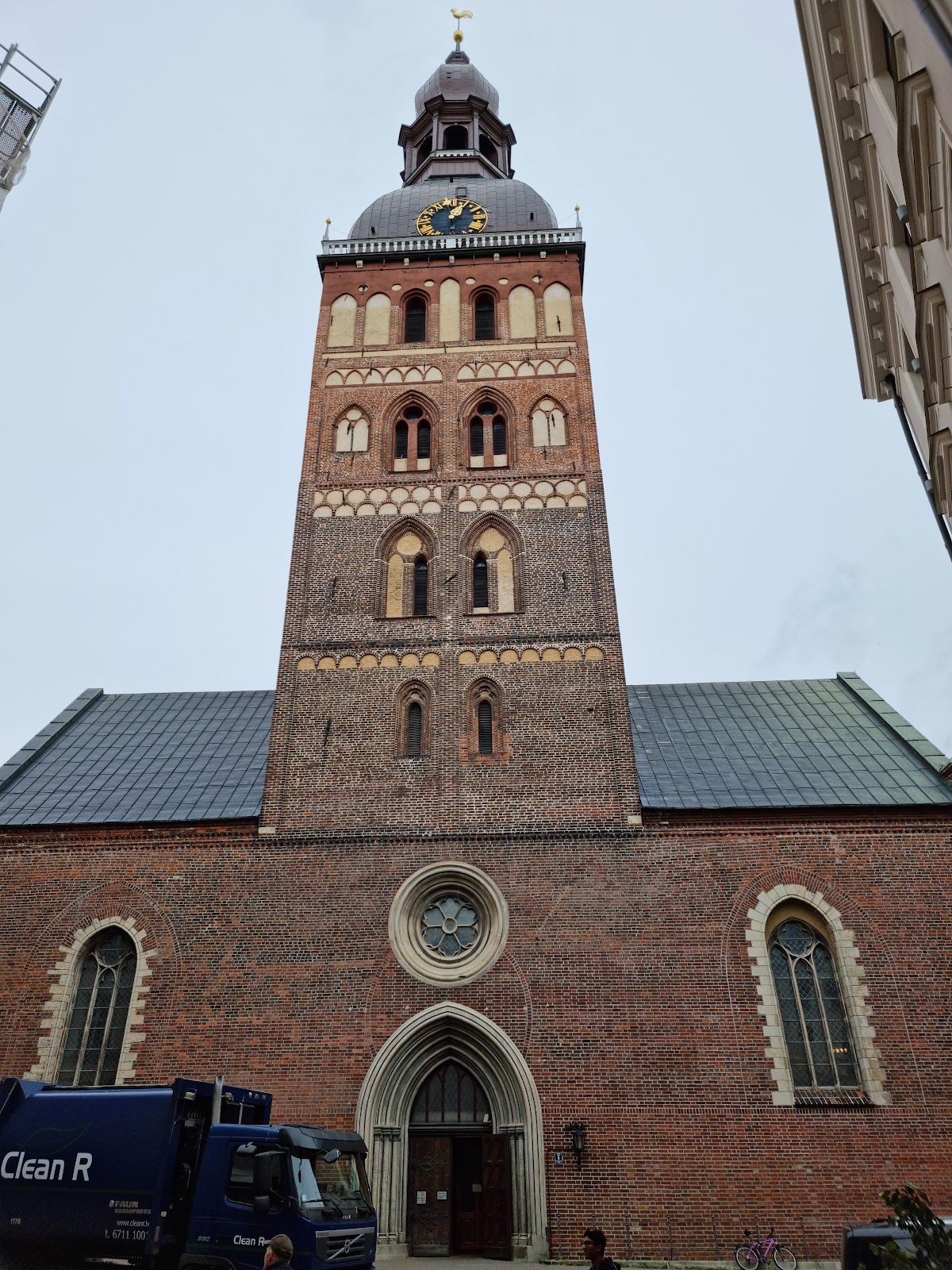
Riga Cathedral (Source: Google Maps)
Riga Cathedral, known as the largest medieval church in the Baltic states, is a masterpiece of Romanesque architecture, dating back to the 13th century. Its impressive organ, one of the largest in Europe, attracts music lovers and hosts numerous concerts throughout the year. The cathedral's stunning stained glass windows and intricate details reflect the artistry of its builders and the rich cultural heritage of the region. As a central place of worship, it has witnessed significant historical events, including royal ceremonies and important gatherings. The cathedral's significance extends beyond its religious functions, as it stands as a testament to Riga's architectural evolution and the city's role in the region's history.
Three Brothers
These three adjacent houses showcase different architectural styles from the medieval period to the Baroque era, illustrating the evolution of residential architecture in Riga.
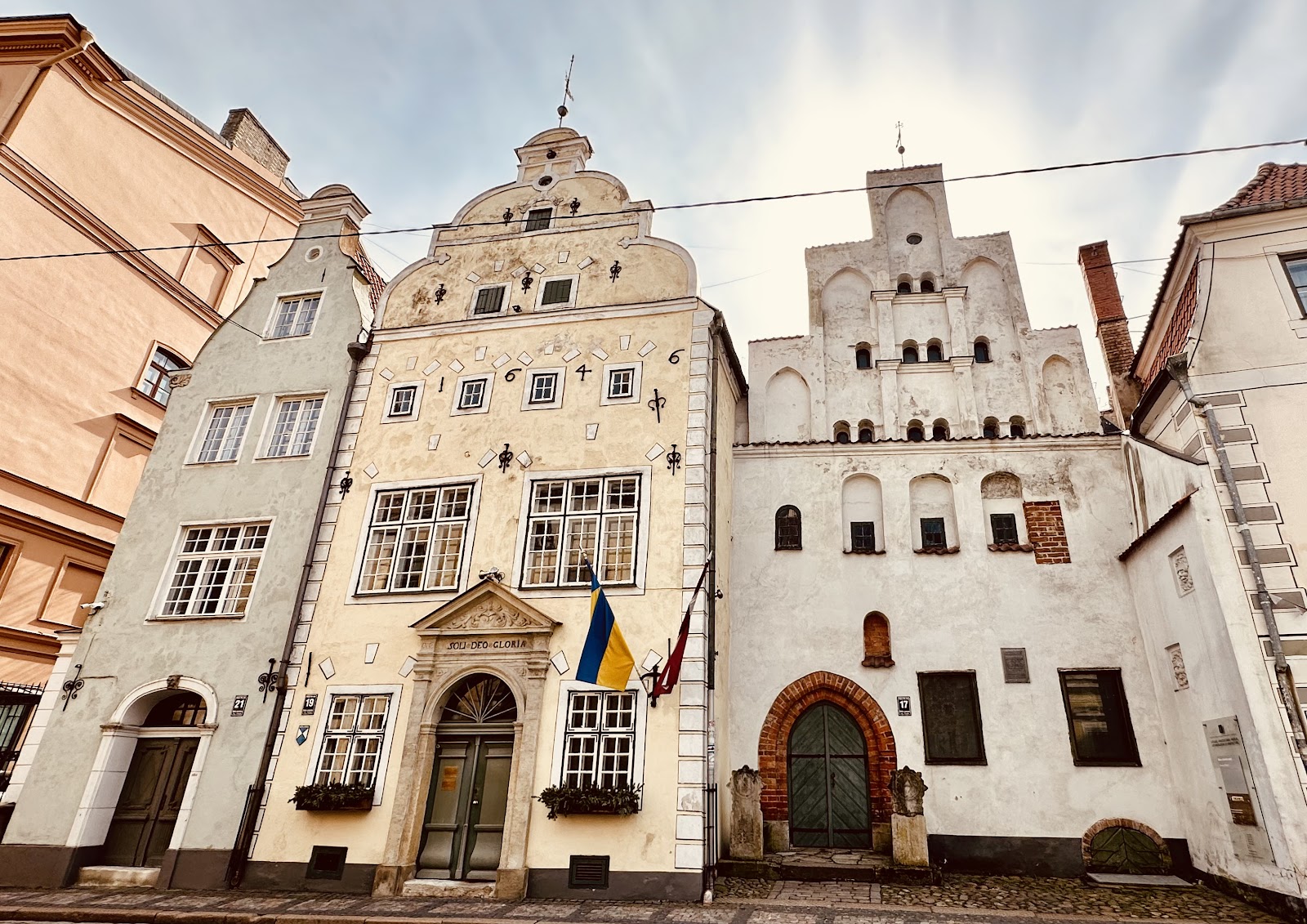
Three Brothers (Source: Google Maps)
The Three Brothers, a trio of adjacent houses, are considered one of the oldest architectural complexes in Riga, showcasing the evolution of residential architecture from the medieval period to the Baroque era. Each house represents a different architectural style, providing a visual narrative of Riga's development over centuries. The oldest of the three, built in the late 15th century, features a simple yet elegant design, while the others showcase more elaborate details and embellishments typical of later styles. The houses are not only significant for their architectural value but also for their representation of the city's history, reflecting the lives of its inhabitants and the socio-economic changes that have occurred over time. Today, the Three Brothers serve as a museum, offering insights into the architectural heritage and daily life in medieval Riga.
Swedish Gate
The only remaining gate from Riga's original city wall, the Swedish Gate is a reminder of the city's fortifications and Swedish influence in the 17th century.

Swedish Gate (Source: Google Maps)
The Swedish Gate is the only remaining gate from Riga's original city wall, built in the 17th century during the Swedish rule over the city. This historical landmark serves as a reminder of Riga's fortified past and the influence of Swedish architecture in the region. The gate is characterized by its simple yet robust design, featuring a small archway that allowed pedestrians to pass through while the larger gates were used for vehicles. It symbolizes the strategic importance of Riga during its time as a trading hub and military stronghold. Today, the Swedish Gate is a popular tourist attraction, providing a glimpse into the city's defensive structures and the historical context of its development.
The Powder Tower
Part of the old city fortifications, the Powder Tower now houses the Latvian War Museum, offering insights into the military history of Latvia.
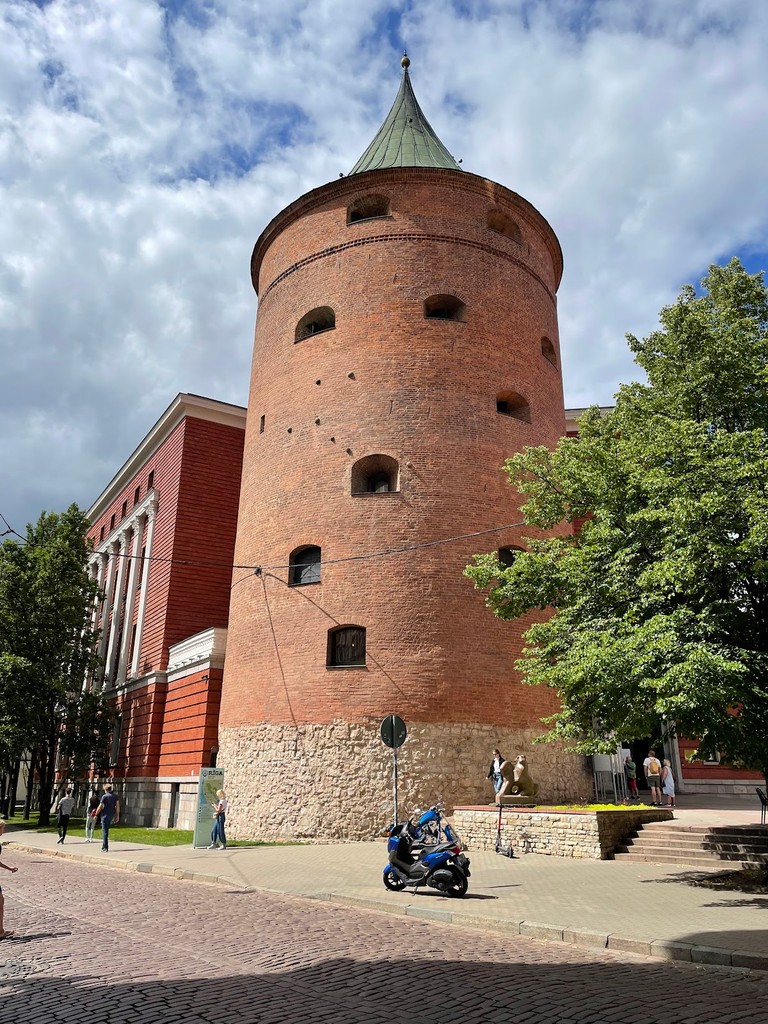
The Powder Tower (Source: Google Maps)
The Powder Tower, part of Riga's old city fortifications, is a significant historical structure that dates back to the 14th century. Originally built as a defensive tower, it later served as a gunpowder storage facility, which is how it got its name. The tower is characterized by its thick walls and medieval architecture, standing as a testament to Riga's military history. Today, it houses the Latvian War Museum, which offers visitors a comprehensive overview of Latvia's military past, including exhibits on wars, battles, and the country's struggle for independence. The Powder Tower not only represents the city's fortifications but also serves as a cultural institution, educating visitors about the historical events that have shaped Latvia.

Your travels, your rules.
Create your own Free Walking Tours.
Set your preferences, distances and anything you want to do or see.
Completely free, no payment required.